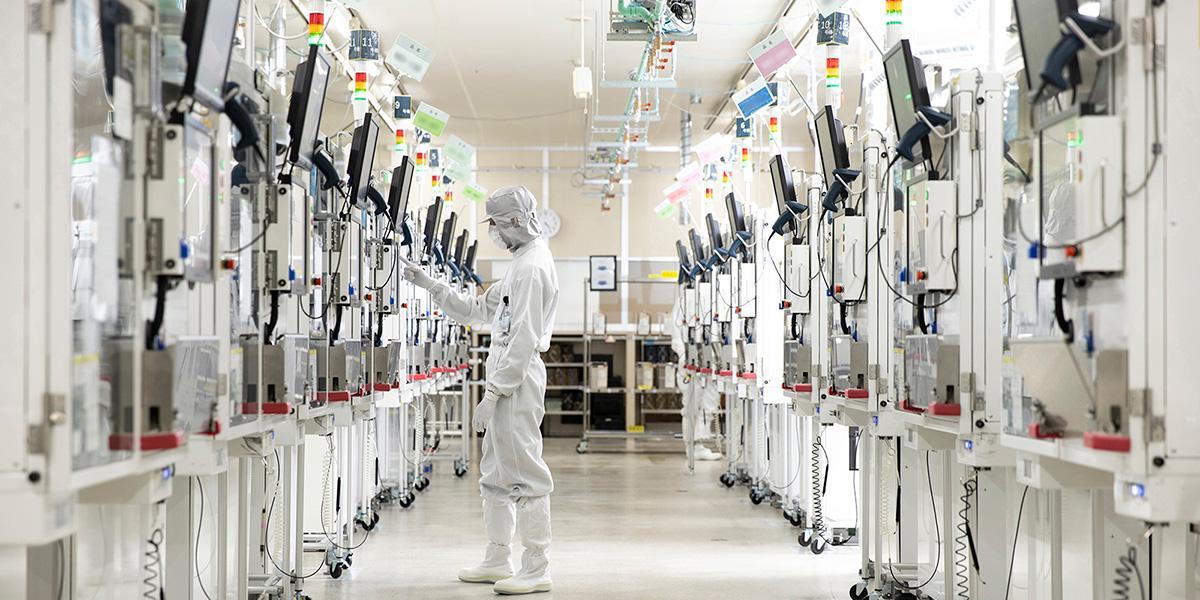Smart Factory Case Study
What Is the First Step to Converting a Regular Factory into a Smart Factory? Komoro Murata Manufacturing (Part 1)
INDEX
1. Depict a vision utilizing the characteristics of monozukuri
2. Make a small start beginning with realizations and ideas from the manufacturing site
Industry 4.0 was published by the German Federal Government in 2011. Aiming to incorporate artificial intelligence (AI), IoT and other IT technologies to reform the manufacturing industry, this concept has spread all over the world. It has accelerated the pace of the conversion of regular factories into smart factories.
On the other hand, if we shift our attention to manufacturing sites, we can also see many cases where this runs into barriers: "We don't know what step to take first to convert into a smart factory." "The awareness of the issues necessary to convert to a smart factory in the first place has not permeated throughout our company."
We introduce here the process when promoting the conversion of a regular factory into a smart factory and the clues to cultivating an awareness to make improvements in the manufacturing site that forms the key to its promotion.
1. Depict a vision utilizing the characteristics of monozukuri
Komoro Murata Manufacturing, located in Komoro in Nagano Prefecture, has been working to convert into a smart factory since 2015. What step did it take first toward that end? Takao Okano, Senior Manager, Nobuo Iijima, DX Team Supervisor, and Katsuhiko Tsukada, Maintenance Manager, look back on the conversion.
Okano: "We introduced new equipment due to an increase in production in 2015. Just at that time, Industry 4.0 had become a hot topic of conversation in Japan as well. We had a vague sense of impending crisis in that we wondered whether we should also take some kind of action. Accordingly, we fumbled around and started thinking about converting into a smart factory in our own way."
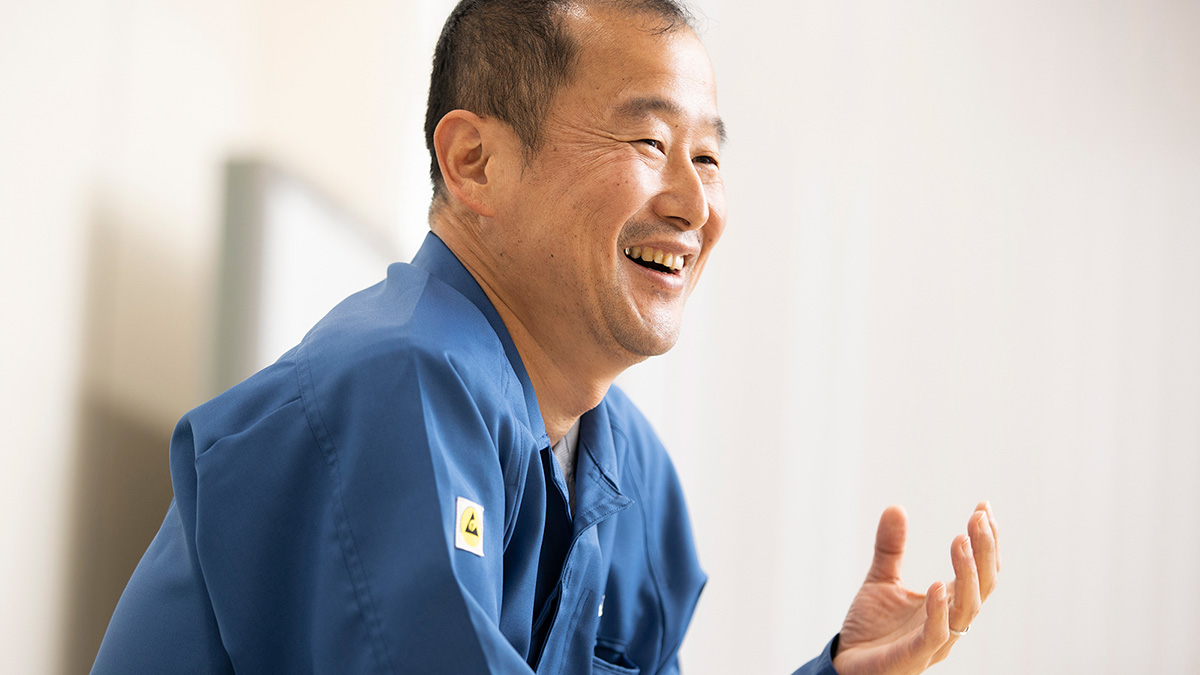
Iijima: "To begin, we visualized the equipment operation time and downtime, error information, and other data by utilizing an in-house system that monitors the operating situation of equipment. However, the scope of the equipment we introduced was limited to processes that formed a bottleneck (processes with the lowest production capacity among our production processes). We were concerned that we were not fully utilizing the system."
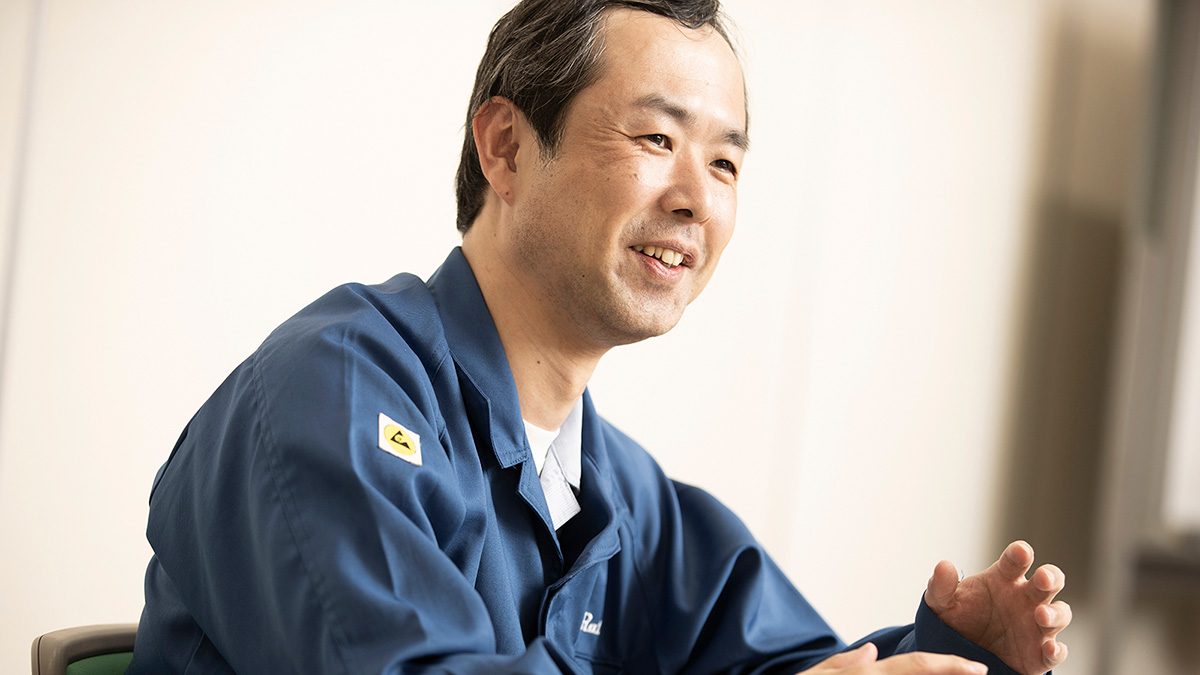
Tsukada: "I think the impetus to introducing IoT was to meet the demands of production engineers in terms of their desire to improve the equipment operating rate and to utilize data by visualizing it. Even after that, we proceeded with introducing IoT based on the needs of each manufacturing department. Those needs included the desire to know the wear condition of materials and a desire to prevent failures in advance. Nevertheless, we were only introducing it at the equipment level at that time in 2015. Therefore, many challenges remained to convert the entire factory into a smart factory."
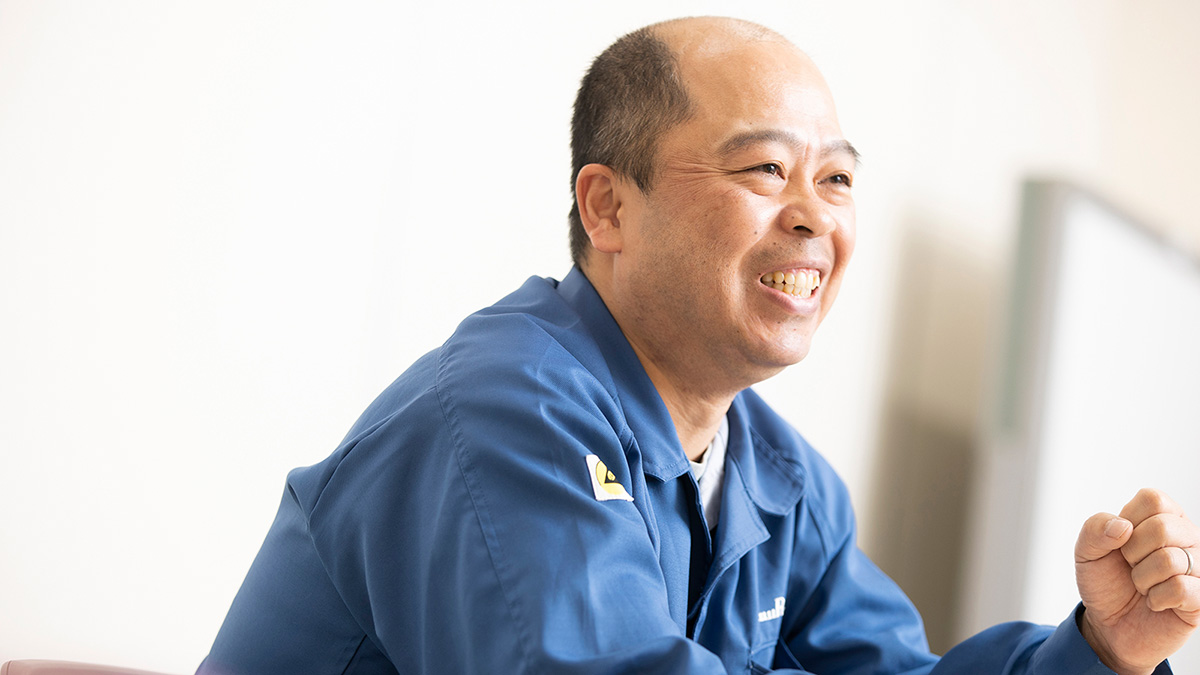
Okano says that "it was important to depict a vision of a smart factory unique to us" when promoting the conversion into a smart factory.
Okano: "First, we thought we would start from the visualization of equipment instead of heading blindly toward factory automation or robotization. The biggest reason for that lies in the characteristics of RF module monozukuri for smartphones that are manufactured in Komoro Murata Manufacturing. RF modules are custom-made products developed to suit the needs of our customers. That means their specifications change almost every year. We thought that rapidly and repeatedly making improvement measures from the perspective of the manufacturing site based on the characteristics of RF module monozukuri each time their specifications changed would see us convert into a smart factory in our own way rather than building a large system. Therefore, we decided that visualization was the best option for us."
We can see the importance of depicting an optimal vision that utilizes the characteristics of monozukuri when taking the first step to convert a regular factory into a smart factory.
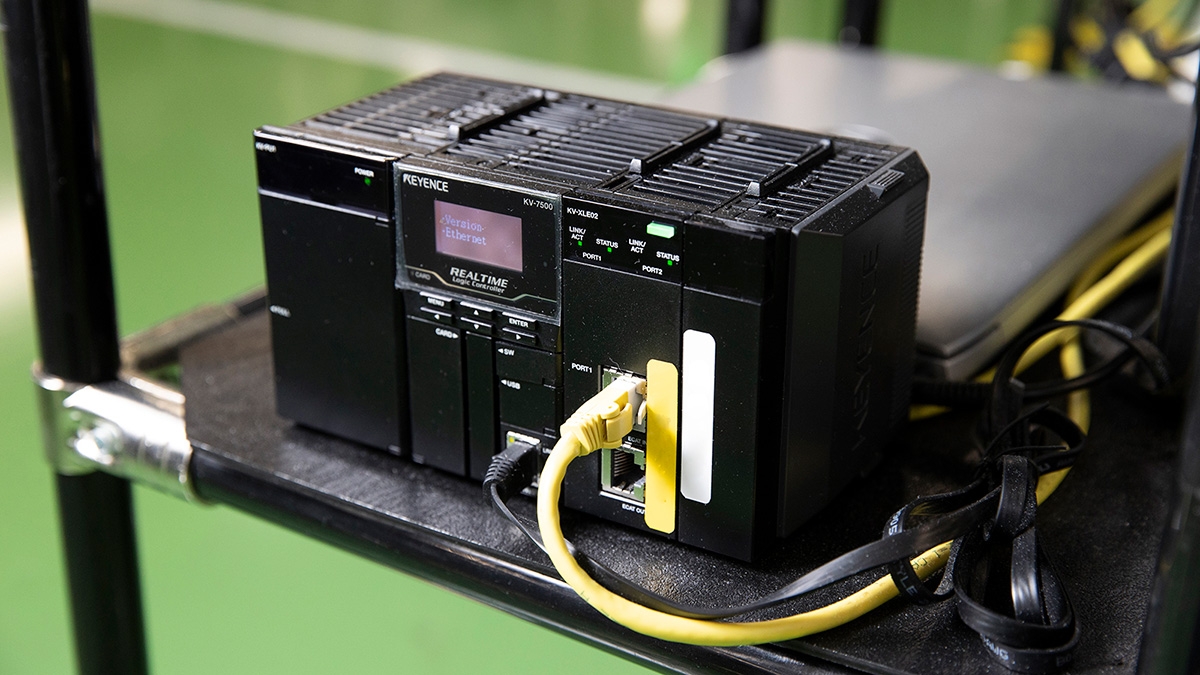
2. Make a small start beginning with realizations and ideas from the manufacturing site
The conversion of Komoro Murata Manufacturing into a smart factory started in 2015. The turning point was the energy management system (EMS) built in 2018.
Tsukada: "We also increased production on a large scale in 2018. We took that opportunity to embark on visualizing the entire factory. First, we started on the visualization of energy toward energy saving and high-efficiency production. We built an EMS to centrally grasp energy consumption throughout the entire factory."
Iijima: "We installed a variety of equipment in the factory with Murata's sensors to sense current, temperature, humidity, air, cooling water and other elements. There is then a mechanism to visualize all the data collected from those sensors via the cloud. As a result, we succeeded in reducing the standby power of specific equipment by 31,908 kWh per year. That equates to a savings of approximately 440,000 yen. In the same way, we also reduced air conditioning power by 412,450 kWh per year, saving approximately 5.7 million yen."
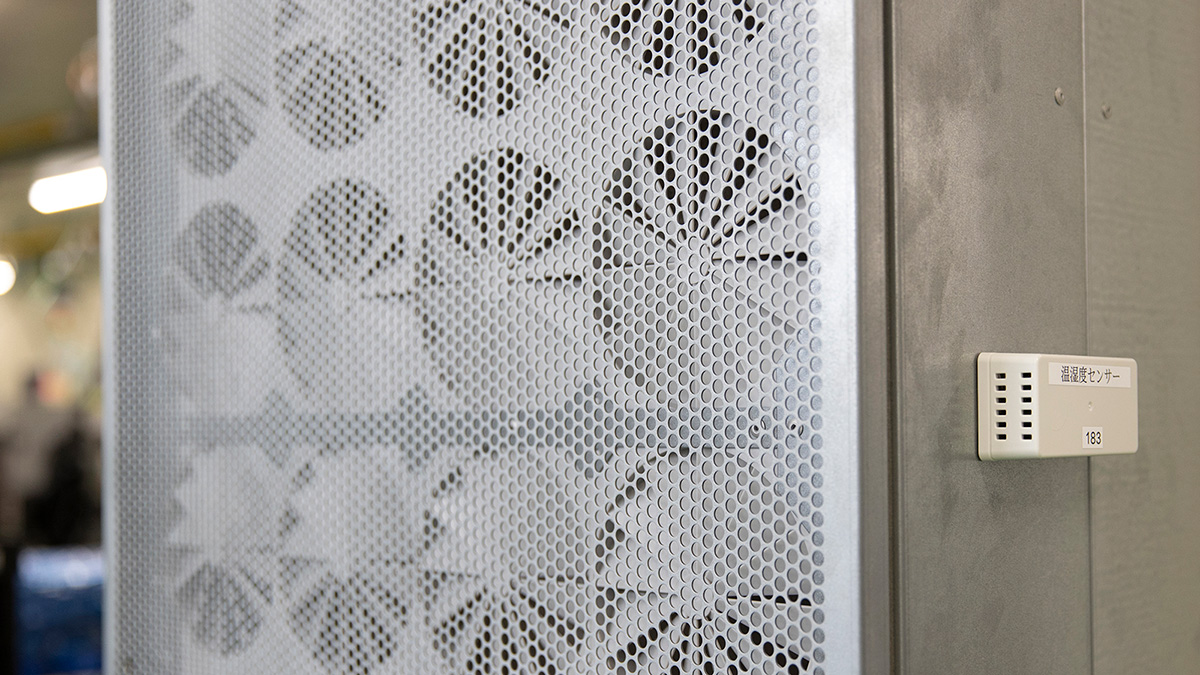
Okano: "Visualization up to that point was at the equipment level. In other words, we could only grasp it as points. However, we now became able to grasp the data of the entire factory as lines. That led to analysis of the environmental factors that cause fluctuations in energy consumption and other factors. Producing numbers we can see has led to the extraction of issues and ideas for improvement. I think that has had a major effect."
Komoro Murata Manufacturing was converted into a smart factory starting at the level of equipment and gradually spreading to the entire factory. Looking back at the history from 2015, Okano recalls that a small start was an important key.
Okano: "We promoted the conversion into a smart factory in a small and speedy way beginning with manufacturing site realizations and ideas. That is precisely why we were able to flexibly respond to changes and to take on new challenges without fear of failure. There were also few risks in terms of costs. Therefore, I think there was a great benefit to starting small. That also includes the fact that we could repeatedly implement trial and error even if we did not produce an effect immediately."
We have learned that it is important when converting a regular factory into a smart factory to depict a vision that utilizes the characteristics of monozukuri and to make a small start with few risks instead of aiming for factory automation and robotization from the beginning. In Part 2 of this article, we introduce initiatives on predictive maintenance and visualization of the equipment operating situation derived from realizations obtained in the EMS. We also look at the clues to cultivating an awareness to make improvements in the manufacturing site that forms the key to converting a regular factory into a smart factory.
- Continue reading: What Is the First Step to Converting a Regular Factory into a Smart Factory? Komoro Murata Manufacturing (Part 2)
Related articles
- How to Fill the Gap in the Proficiency of Workers? Iwate Murata Manufacturing Edition (Part 2)
- How to Fill the Gap in the Proficiency of Workers? Iwate Murata Manufacturing Edition (Part 1)
- What Is the First Step to Converting a Regular Factory into a Smart Factory? Komoro Murata Manufacturing (Part 2)

